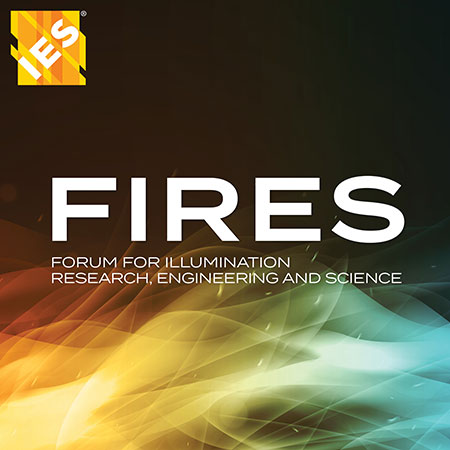
Share your Ideas!
To post an article in FIRES, go to our Policies and Submissions page.
Questions? research@ies.org
Editorial Disclaimer
Discomfort Glare Metrics: Elusive, but not Illusive: A companion piece to The Elusive Discomfort Glare Metric
Naomi Miller’s essay “The Elusive Discomfort Glare Metric” highlights a number of questions within the lighting community about the causes of (and, hopefully, the cures for) discomfort glare, as well…
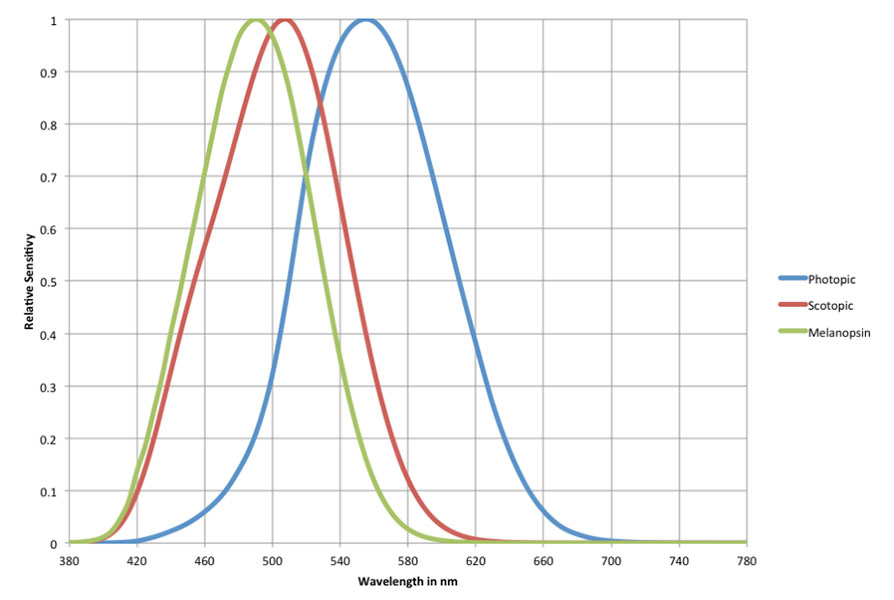
Simplifying Melanopsin Metrology
By Sam Berman, HFIES, Senior Scientist Emeritus Lawrence Berkeley National Laboratory and Robert Clear, FIES, Staff Scientist (Retired) Lawrence Berkeley National Laboratory During the past two decades, the lighting community…

The Elusive Discomfort Glare Metric
By Naomi J Miller, FIES, Pacific Northwest National Laboratory In The Elusive Discomfort Glare Metric, Naomi J. Miller, FIES describes how the IES Discomfort Glare in Outside Nighttime Environments Committee…
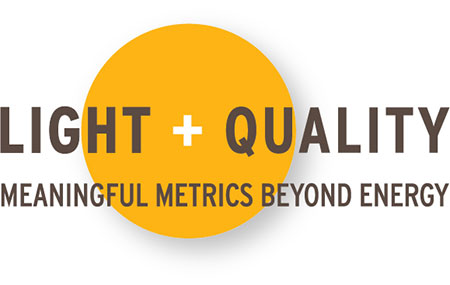
In Defense of Lighting Quality
By Darcie Chinnis, PhD, PE, IALD, MIES, LEED AP BD+C, WELL AP Lighting is often described as a balance of engineering and art – where creative aspirations are balanced with…
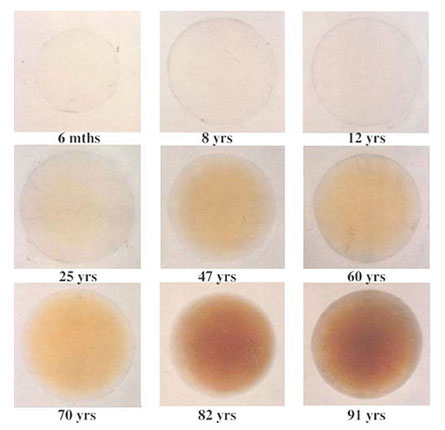
Circadian Lighting: a Neuroscientist’s Perspective
By Douglas Steel, Ph.D., NeuroSense The purpose of this article is to evaluate from a biological standpoint the rationale for the establishment of a Circadian Lighting standard put forward by…
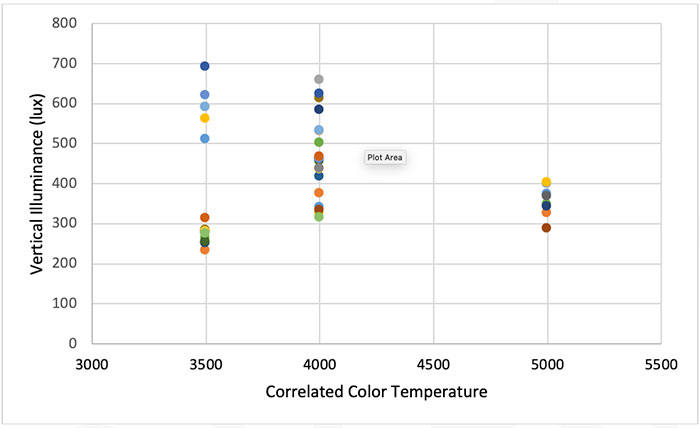
Circadian Lighting: An Engineer’s Perspective
By Ian Ashdown Whether you call it “circadian lighting,” “biologically effective lighting,” or some other name, the principle is the same: the color and intensity of light can be used…

An Intuitive Metric for Lumen Maintenance
By Eric Bretschneider For better or for worse, the lighting industry commonly associates the lifetime of LEDs and LED-based lighting products with L70 – the amount of time for the…

Concerns in the Age of the LED: Temporal Light Artifacts
By Dr. James M. Gaines Flicker and stroboscopic effect are presently hot topics in lighting, along with other subjects like blue light (subject of a recent FIRES article). A National…
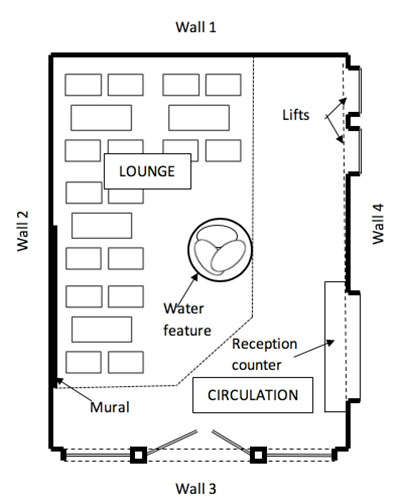
The Lighting Design Objectives (LiDOs) Procedure
By Christopher Cuttle, MA, PhD, FCIBSE, FIESANZ, FIESNA, FSLL This procedure is based on the concept that there is real advantage to be gained from changing the illumination metrics used…
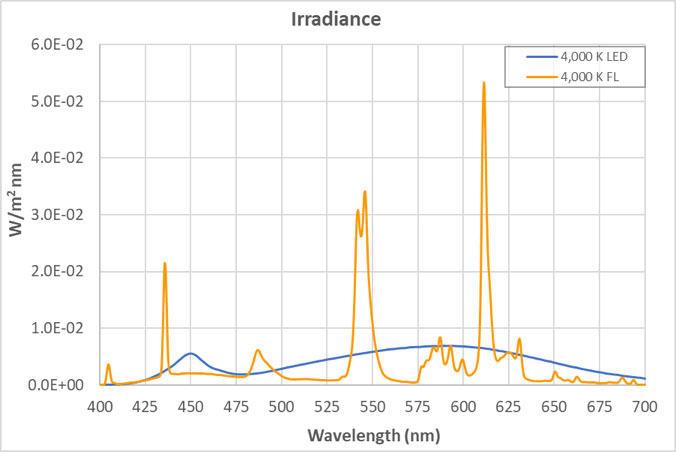
A Reality Check on Blue Light Exposure
By Eric Bretschneider, Ph.D How often do we hear about the dangers of blue light from LEDs? Such discussions inevitably include statements about “the intense blue peak” in LED lighting…
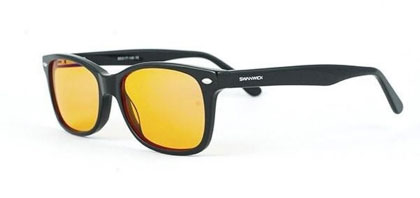
Melanopic Green The Other Side of Blue
By Ian Ashdown, P. Eng. (Ret.), FIES Senior Scientist, SunTracker Technologies Ltd. Numerous medical studies have shown that exposure to blue light at night suppresses the production of melatonin by…
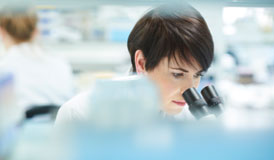
The Science of Light and Health: How to Interpret the Claims That Underlie Medical and Wellness Effects
By Douglas Steel, PhD These are transformational times for the lighting industry. The cost of LED-based products has dropped dramatically. At the same time, increased sophistication and capabilities of tunable…
Discomfort Glare Metrics: Elusive, but not Illusive: A companion piece to The Elusive Discomfort Glare Metric
Naomi Miller's essay "The Elusive Discomfort Glare Metric" highlights a number of questions within the lighting community about the causes of (and, hopefully, the cures for) discomfort glare, as well…

Simplifying Melanopsin Metrology
By Sam Berman, HFIES, Senior Scientist Emeritus Lawrence Berkeley National Laboratory and Robert Clear, FIES, Staff Scientist (Retired) Lawrence Berkeley National Laboratory During the past two decades, the lighting community…

The Elusive Discomfort Glare Metric
By Naomi J Miller, FIES, Pacific Northwest National Laboratory In The Elusive Discomfort Glare Metric, Naomi J. Miller, FIES describes how the IES Discomfort Glare in Outside Nighttime Environments Committee…

In Defense of Lighting Quality
By Darcie Chinnis, PhD, PE, IALD, MIES, LEED AP BD+C, WELL AP Lighting is often described as a balance of engineering and art – where creative aspirations are balanced with…

Circadian Lighting: a Neuroscientist’s Perspective
By Douglas Steel, Ph.D., NeuroSense The purpose of this article is to evaluate from a biological standpoint the rationale for the establishment of a Circadian Lighting standard put forward by…

Circadian Lighting: An Engineer’s Perspective
By Ian Ashdown Whether you call it “circadian lighting,” “biologically effective lighting,” or some other name, the principle is the same: the color and intensity of light can be used…

An Intuitive Metric for Lumen Maintenance
By Eric Bretschneider For better or for worse, the lighting industry commonly associates the lifetime of LEDs and LED-based lighting products with L70 – the amount of time for the…

Concerns in the Age of the LED: Temporal Light Artifacts
By Dr. James M. Gaines Flicker and stroboscopic effect are presently hot topics in lighting, along with other subjects like blue light (subject of a recent FIRES article). A National…

The Lighting Design Objectives (LiDOs) Procedure
By Christopher Cuttle, MA, PhD, FCIBSE, FIESANZ, FIESNA, FSLL This procedure is based on the concept that there is real advantage to be gained from changing the illumination metrics used…

A Reality Check on Blue Light Exposure
By Eric Bretschneider, Ph.D How often do we hear about the dangers of blue light from LEDs? Such discussions inevitably include statements about "the intense blue peak" in LED lighting…

Melanopic Green The Other Side of Blue
By Ian Ashdown, P. Eng. (Ret.), FIES Senior Scientist, SunTracker Technologies Ltd. Numerous medical studies have shown that exposure to blue light at night suppresses the production of melatonin by…

The Science of Light and Health: How to Interpret the Claims That Underlie Medical and Wellness Effects
By Douglas Steel, PhD These are transformational times for the lighting industry. The cost of LED-based products has dropped dramatically. At the same time, increased sophistication and capabilities of tunable…
